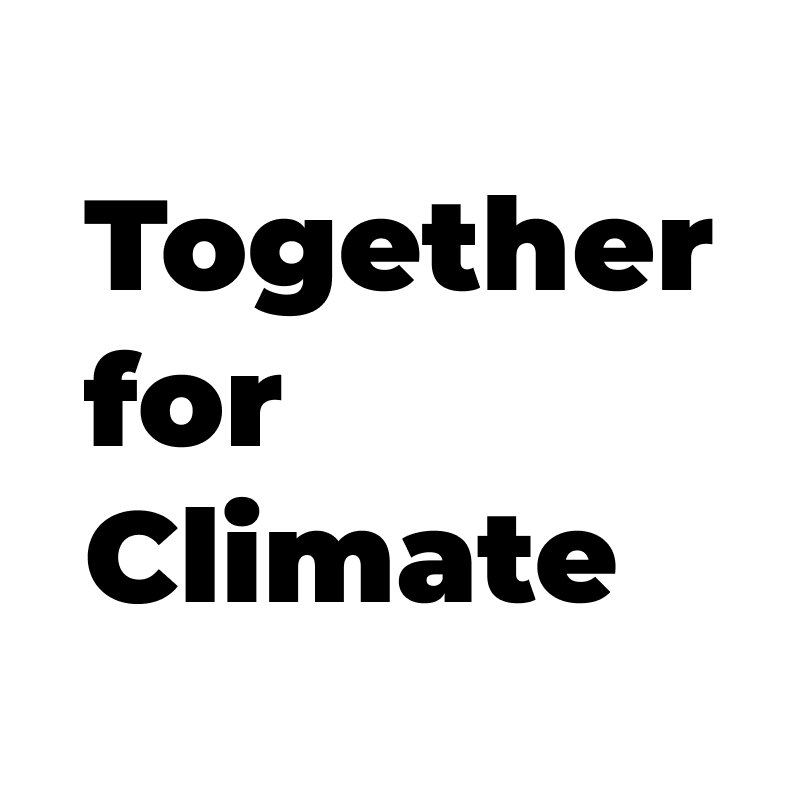Up in the Air: How Flying Became a Hidden Driver of Climate Change
Imagine boarding a plane for a weekend getaway. The engines roar to life, and you lift off, watching the ground shrink beneath you. In just a few hours, you can cross continents—a miracle of modern life we’ve come to take for granted.
But behind every smooth takeoff lies a hidden truth: flying is one of the fastest-growing sources of greenhouse gases, quietly warming our planet from cruising altitude.
The Bigger Picture
When people think of climate change, they often picture smokestacks or traffic jams. Rarely do they think about the contrails streaking across the sky. Yet the aviation industry has an outsized impact.
Airplanes don’t just burn fuel and emit carbon dioxide. They also release other pollutants—like water vapor and nitrogen oxides—that combine to trap heat far more effectively than CO₂ alone. High above the clouds, this pollution creates invisible blankets of warming air, magnifying the problem.
In fact, when you account for all these effects, aviation contributes almost 4% of the world’s total warming—a number that’s expected to rise sharply as more people fly each year.
The Growth Dilemma
Flying feels so normal now that it’s easy to forget how quickly it became part of everyday life. In the 1960s, only a lucky few could afford to fly. Today, millions of passengers take to the skies every day for work, holidays, and family visits.
This growth has been unstoppable. Air travel has doubled every 15 years—and with it, emissions have climbed. Even though modern jets are more efficient, the sheer number of flights means aviation’s footprint keeps expanding.
It’s like trying to run up a down escalator: efficiency improves, but the pace of growth overtakes any progress.
The Contrails You Can’t See
One of the most surprising aspects of aviation is how much of its warming impact happens invisibly.
When planes fly at high altitudes, they leave trails of ice crystals—contrails—that can linger and spread out into thin, wispy clouds. These clouds trap heat in the atmosphere.
Meanwhile, the gases released react with the air to create ozone and other pollutants. Together, these effects can double or even triple the warming impact of the fuel burned.
What Can Be Done?
This doesn’t mean we have to stop flying altogether. But it does mean we need to rethink how—and how much—we fly. Here are some of the most promising solutions:
Cleaner fuels. New fuels made from waste products and sustainable sources can cut emissions dramatically. But they’re still expensive and in short supply.
New planes. Designers are working on electric and hydrogen-powered aircraft that could transform aviation. These ideas are exciting, but it will take years before they’re ready to carry large numbers of passengers.
Smarter choices. Sometimes, the simplest solution is to fly less. For short trips, high-speed trains or buses can be better alternatives. And when we do fly, offsetting emissions and choosing airlines that invest in cleaner technology helps.
Policy shifts. Governments can encourage innovation, set stronger regulations, and help scale up sustainable fuels so they become affordable.
Why This Matters
Flying connects us in ways nothing else can. It makes the world smaller, helps economies grow, and lets us see the beauty and diversity of our planet firsthand.
But if we don’t act, aviation could end up using a huge share of our remaining carbon budget—making it harder to keep global warming below safe levels.
The challenge is clear: how can we keep the benefits of flying without costing the Earth?
The good news is, solutions are already in motion. Engineers, scientists, policymakers, and travelers like you are starting to change how we think about aviation’s role in the climate crisis.
Because in the end, every flight is part of a much bigger journey—one toward a future where we can all keep exploring the world without heating it beyond recognition.
